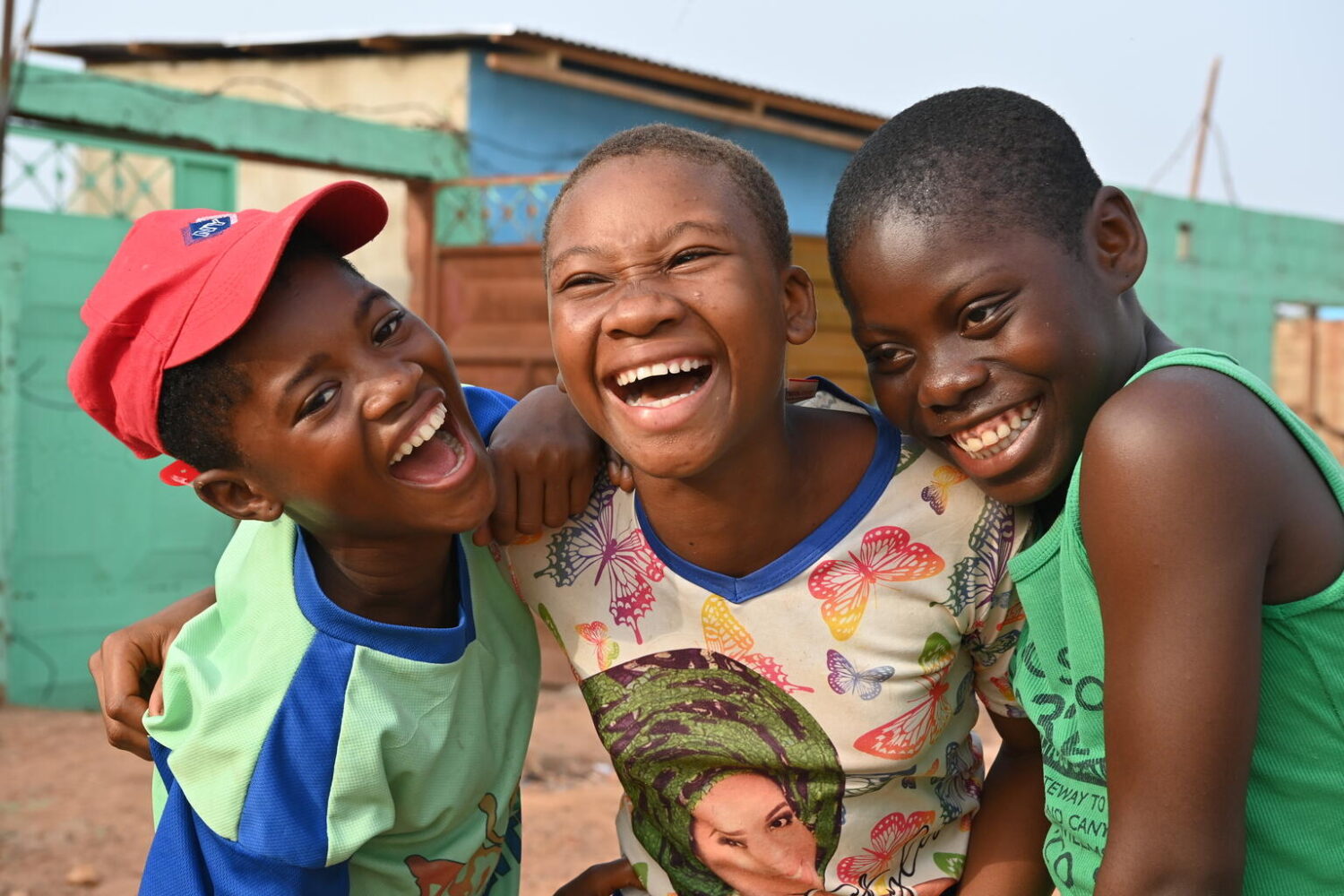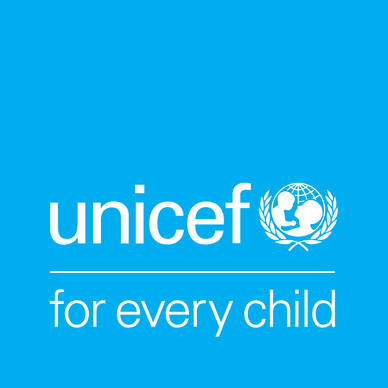
Climate Change in Kenya: Focus on Children
UNICEF UK and UNICEF Kenya have produced this case study to highlight the specific challenges for children related to climate change in Kenya; bringing climate models to life with stories from children in different regions. The study provides examples of how UNICEF can support children in Kenya to adapt to and reduce the impact of climate change.
Climate change is already having a significant effect on children’s well-being in Kenya. The impact on children is likely to increase significantly over time; the extent of the impact depends on how quickly and successfully global greenhouse gas emissions are reduced as well as the ability to adapt to climate change. Climate models show the range of likely future impacts.
The projections in this paper use the United Nations Development Programme (UNDP) and the University of Oxford School of Geography and Environment interpretation of scenario A2 from the Special Report on Emissions Scenarios (SRES). They used an ensemble of 15 models to arrive at the figures used here.
Scenario A2 posits regionally oriented economic development and has slower and more fragmented economic and technological development than other scenarios. It assumes the global population reaches over 10 billion by 2050, and that greenhouse gases will increase.
The UNDP notes that users of the information should bear in mind that the model data for the future are not predictions of climate, but model simulations of future climate under a range of hypothetical emissions scenarios and should be interpreted with caution.
However, one change is certain: there will be less predictable weather patterns over the coming decades in Kenya. Children and communities will need support, skills and infrastructure to ensure they can survive and thrive in the face of this uncertainty.
This case study provides examples of the type of support that may be needed to prevent or reduce future impacts of climate change. By involving children in climate adaptation and disaster risk reduction programmes, there is potential for improved outcomes. Equipping the next generations with the skills and knowledge to thrive in a changing climate is becoming increasingly important.
This case study describes programmes that can help communities in Kenya adapt to specific challenges posed by climate change. These examples are based on successful UNICEF programmes in other countries facing similar climatic challenges to Kenya.
Better understanding of the differing risks posed by climate change within Kenya is vital in order to ensure development within these environmental changes. Tools that enable climate change data to be easily accessible and regularly updated will be an essential part of every country’s abillity to reduce risk and future impacts. Funding for disaster risk reduction and climate resilience programmes is vital to protect children’s rights to survive and thrive – rights such as clean water, food and the chance to go to school.

